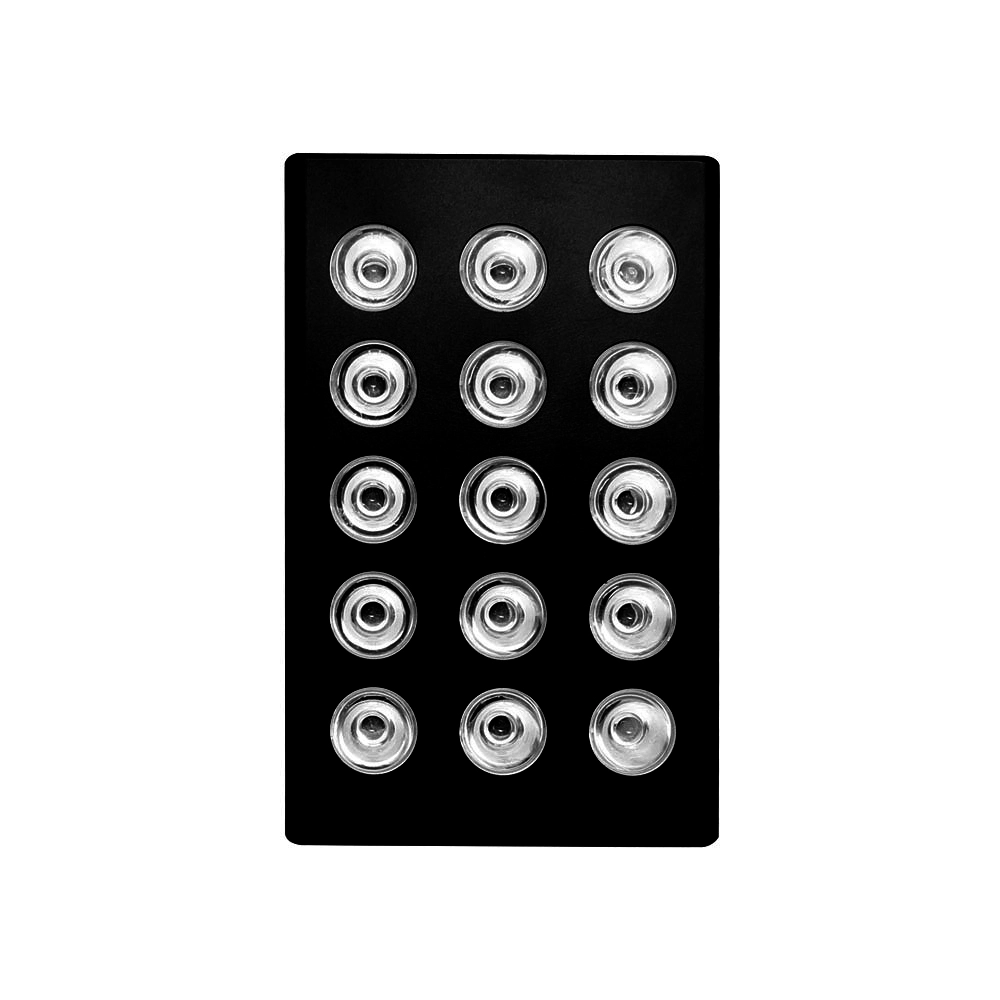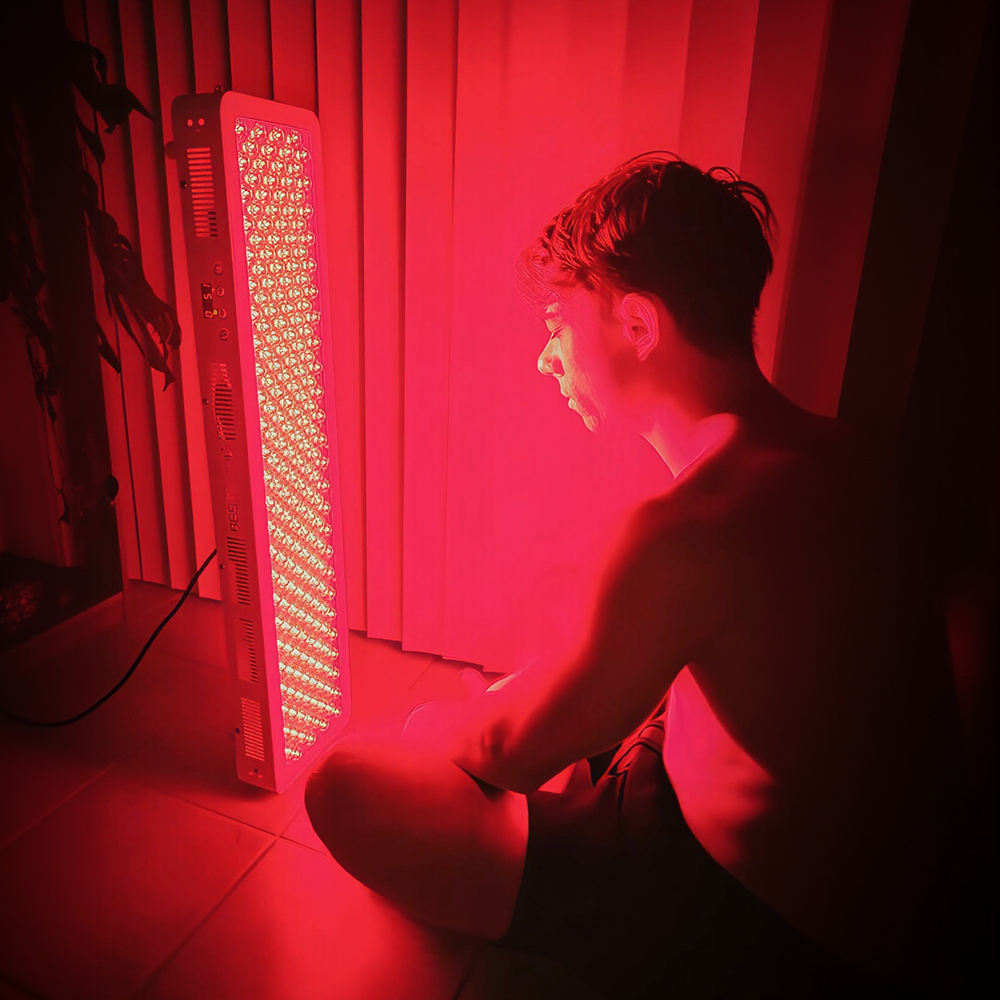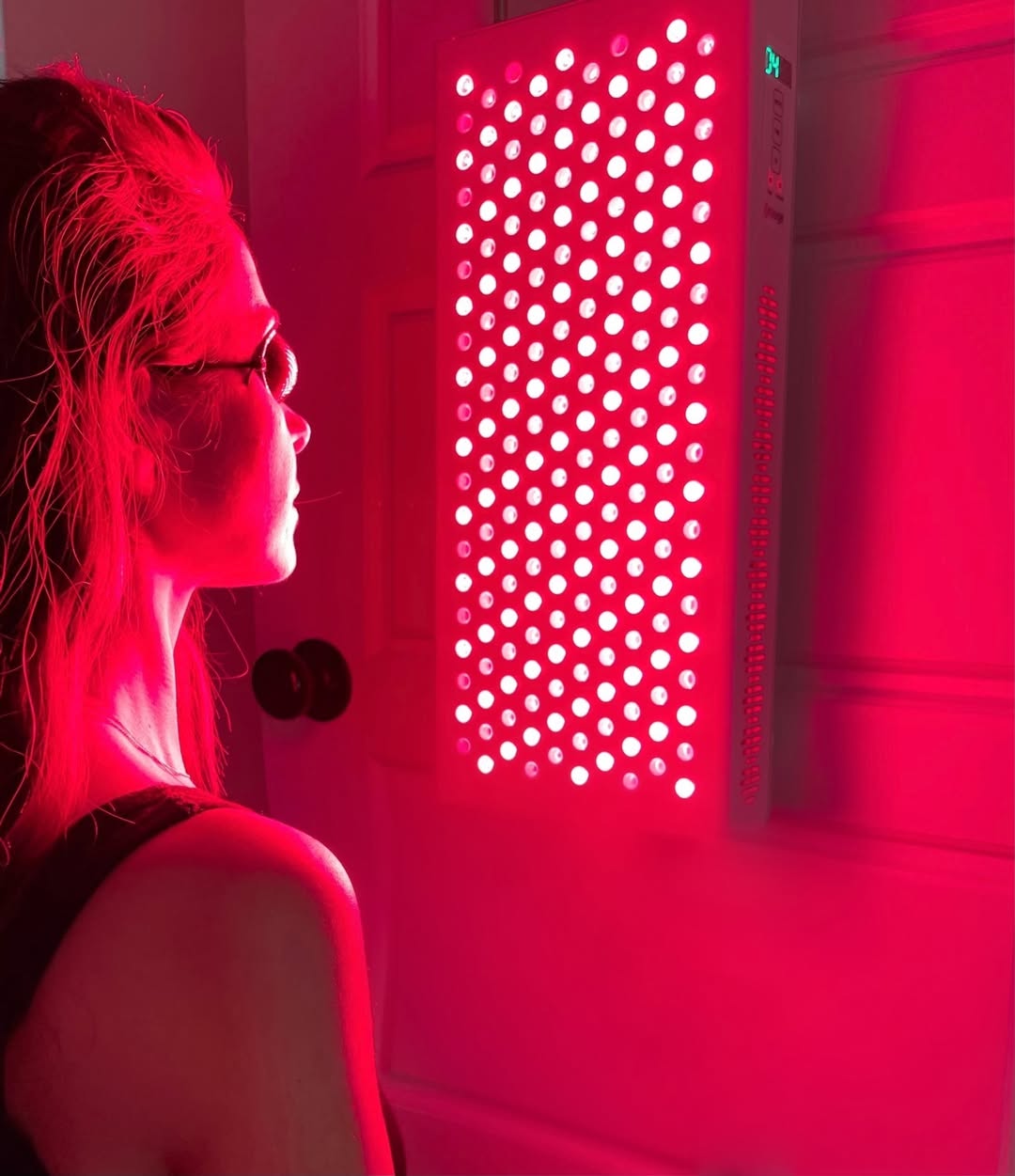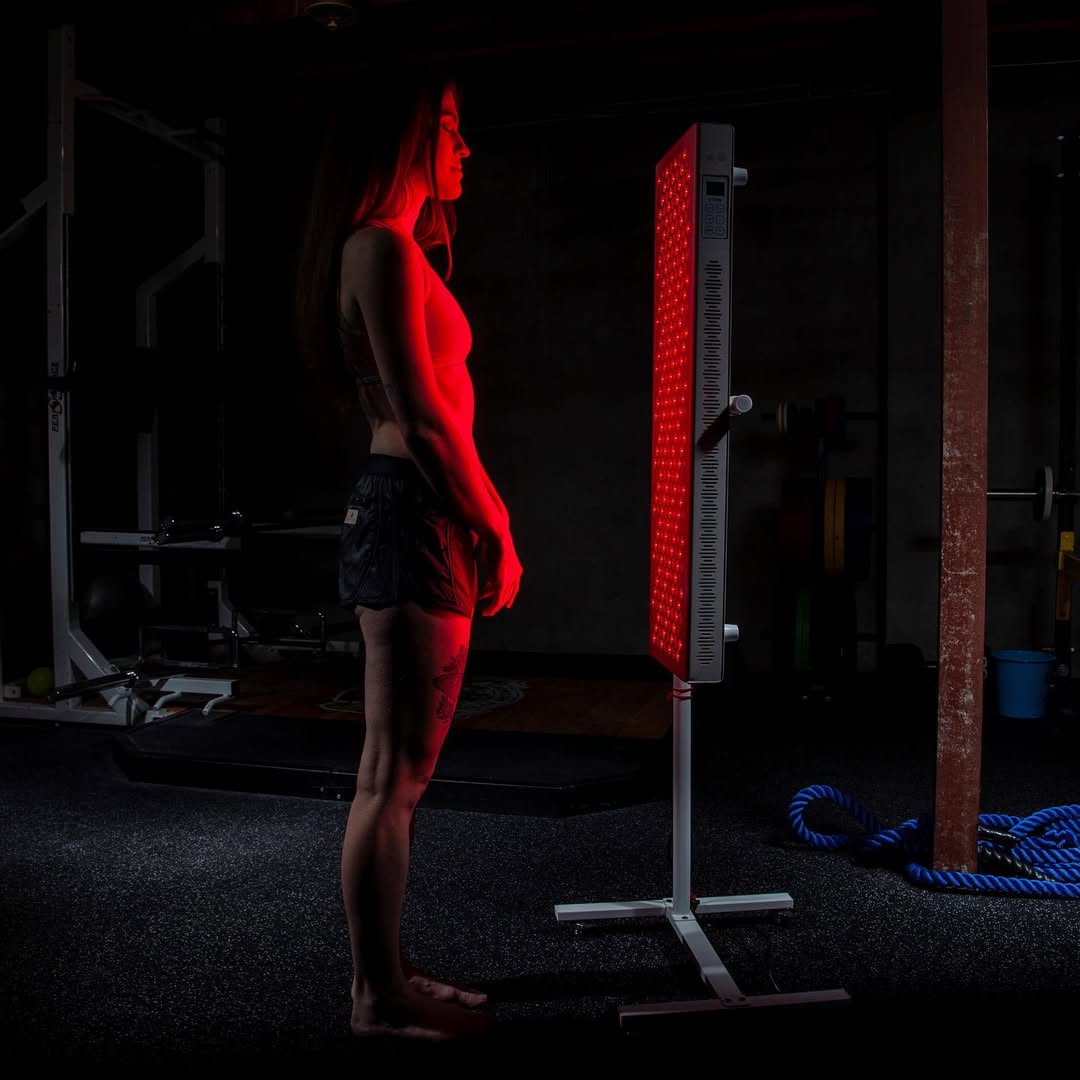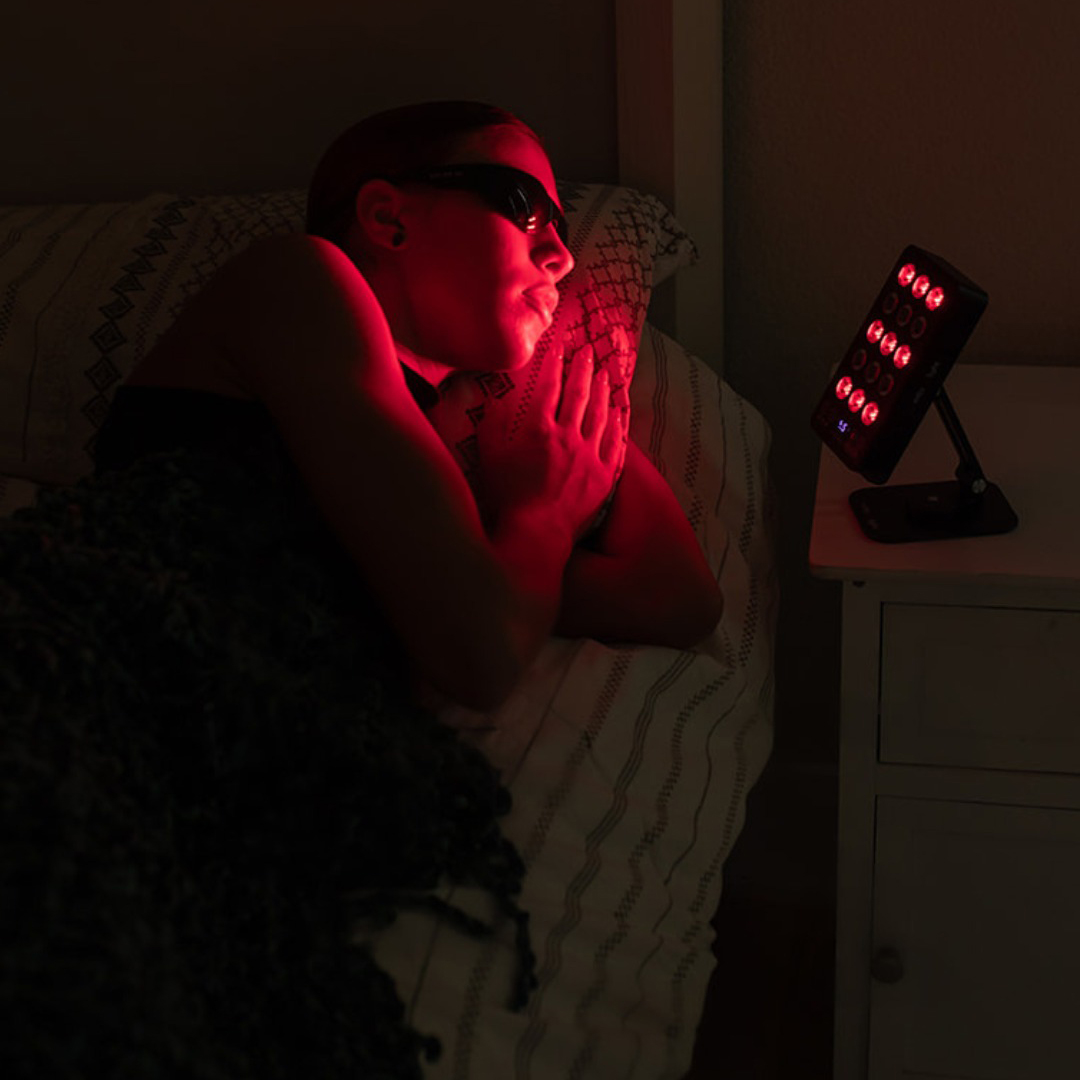![]() Free Shipping
Free Shipping ![]() Buy Now, Pay Later
Buy Now, Pay Later ![]() Eligible
Eligible
Red Light Therapy for Stroke Recovery: A Ray of Hope for the Brain
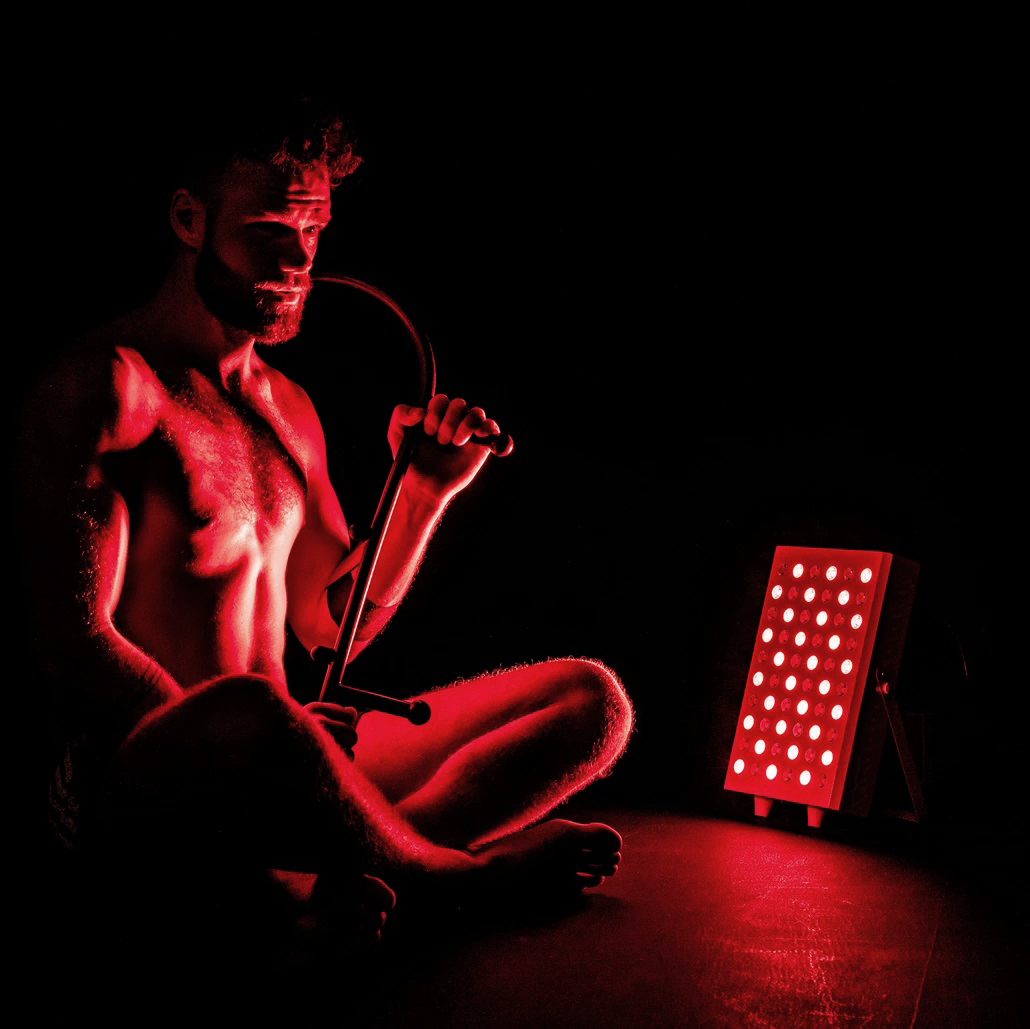
A stroke can be a life-altering event, often leaving survivors with physical, cognitive, and emotional challenges. While traditional rehabilitation therapies are crucial, the search for innovative treatments to enhance recovery is constant. Enter Red Light Therapy (RLT), also known as Photobiomodulation (PBM). This non-invasive, light-based treatment is gaining significant attention from researchers and patients alike for its potential to support and accelerate healing in the brain after a stroke.
This article delves into the science, benefits, and practical application of red light therapy, providing a beacon of hope for those on the journey to recovery.
What is Red Light Therapy? Beyond the Surface
At its core, red light therapy involves exposing the body to low-wavelength red and near-infrared (NIR) light. Unlike UV light, which can damage the skin, this specific spectrum of light penetrates tissue without generating heat or causing harm.
Dr. Michael Hamblin, a leading PBM researcher from Harvard Medical School, explains: “The key is in the mitochondria. These are the powerhouses of our cells. When we shine red and near-infrared light on them, it stimulates a complex chain of events that ultimately leads to increased cellular energy production and reduced oxidative stress.”
This process, primarily driven by the activation of an enzyme called cytochrome c oxidase, is the fundamental mechanism that makes RLT a compelling tool for neurological repair.
The Science of Light: How Can Red Light Help a Damaged Brain?
After a stroke, the affected area of the brain, known as the infarct core, suffers irreversible cell death. However, the surrounding area, the “penumbra,” is a region of stunned but potentially salvageable brain tissue. This is where red light therapy is believed to have its most significant impact.
Key Mechanisms of Action in Stroke Recovery
- Boosting Cellular Energy (ATP Production): By supercharging the mitochondria in the penumbra, RLT helps these compromised cells produce more adenosine triphosphate (ATP), the fundamental currency of cellular energy. This gives neurons the fuel they need to repair themselves and survive.
- Reducing Inflammation: Stroke triggers a powerful and damaging inflammatory response. RLT has been shown to suppress pro-inflammatory cytokines and promote anti-inflammatory agents, creating a more favorable environment for healing.
- Increasing Blood Flow and Angiogenesis: RLT stimulates the formation of new blood vessels (angiogenesis), improving circulation and delivering more oxygen and nutrients to the damaged brain region.
- Promoting Neurogenesis and Synaptogenesis: Exciting research suggests that RLT may encourage the creation of new neurons (neurogenesis) and strengthen the connections between them (synaptogenesis), which is the foundation for relearning skills and regaining function.
Documented Benefits of Red Light Therapy for Stroke Survivors
While research is ongoing, both clinical studies and anecdotal reports point to several key benefits for stroke survivors.
| Potential Benefit | How It Manifests | Supporting Evidence |
|---|---|---|
| Improved Motor Function | Better control of arms, hands, and legs; improved gait and balance. | Studies show significant improvements in Fugl-Meyer Assessment scores (a measure of motor recovery). |
| Enhanced Cognitive Function | Sharper memory, improved executive function, and clearer thinking. | Research indicates potential for improved recall, attention, and processing speed. |
| Reduced Spasticity | Less muscle stiffness and tightness, leading to easier movement. | Anecdotal reports are strong; more formal studies are needed but promising. |
| Mood Support | Alleviation of post-stroke depression and anxiety. | Linked to reduced inflammation and improved cerebral blood flow. |
| Faster Overall Recovery | A synergistic effect that can accelerate progress in traditional therapy. | Combined impact of all the above mechanisms. |
How to Use Red Light Therapy for Stroke Recovery: A Practical Guide
Applying RLT for neurological conditions is different from using it for skin or joint issues. The goal is to get the light to penetrate the skull and reach the brain.
Transcranial Application: Targeting the Brain Directly
The most common and studied method is transcranial red light therapy. This involves shining a device, typically a panel or a cluster of LEDs, directly on the scalp in a hairless area, most often the forehead. The near-infrared wavelengths are used here for their superior ability to penetrate bone.
- Device Type: Medical-grade LED panels or helmets designed for transcranial application.
- Wavelength: Near-infrared (NIR) light, typically between 810nm – 1070nm.
- Dosage: This is critical. Dosage is a product of power density and time. A common protocol in studies is 10-20 minutes per session.
- Frequency: Most protocols suggest daily use, especially in the early stages of recovery.
A Note from a Clinician: “We are seeing patients integrate RLT as a complementary modality. They might use the device at home in the morning and then attend physical therapy in the afternoon. The light seems to ‘prime’ the brain, making it more receptive to the motor learning happening in therapy.” – Keith Bartlett, PT, DPT
VELLGUS Elite V2
THE #1 RATED RED LIGHT DEVICE
Combining Transcranial with Body Applications
For issues like a weakened arm or leg (hemiparesis), directly applying red light to the affected limbs can be beneficial. This can help reduce local inflammation, improve muscle recovery, and support peripheral nerve function.
Important Considerations and Safety Profile
Red light therapy is considered very safe with virtually no side effects when used correctly. However, it is not a magic bullet.
- Consult Your Doctor: Always discuss any new therapy with your neurologist or healthcare provider before starting.
- It’s a Adjunct, Not a Replacement: RLT should be used in conjunction with, not as a replacement for, your standard physical, occupational, and speech therapies.
- Consistency is Key: Benefits are cumulative. Regular, consistent use is necessary to see results.
- Device Quality Matters: The market is flooded with devices. Look for ones that specify their wavelength and power output and are from reputable companies.
The Future is Bright: Conclusion
Red light therapy represents a paradigm shift in neurorehabilitation. It is a safe, non-invasive, and patient-administered therapy that targets the root causes of cellular dysfunction after a stroke. By energizing cells, calming inflammation, and promoting repair, it offers a powerful tool to help survivors reclaim their function and quality of life.
While more large-scale studies are always welcome, the existing body of evidence and the countless positive testimonials make a compelling case for considering red light therapy as a valuable component of a comprehensive stroke recovery plan.



